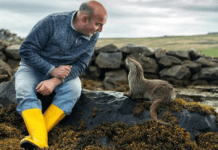Although you may believe you’ve experienced all that the world has to offer, there are still amazing wonders that will astound you. Even if you are an avid animal lover, it is impossible to be familiar with all 1,367,555 non-insect species currently known on Earth. In addition, it is likely that new animal species will be discovered as time goes on, providing ongoing surprises. On the other hand, only 5% of the oceans have been explored by humans, leaving the possibility of numerous unknown sea creatures dwelling in the depths of the ocean.
Our compilation features some of the most unusual and exotic creatures on earth, such as the Glaucus Atlanticus, a marine animal resembling a Pokemon character with a similarly anime-inspired name. The Okapi, a stunning yet bizarre animal resembling a cross between a moose and a zebra, is actually a close relative of the giraffe. Another rare animal, the Goblin shark, sports a frightening appearance as if it has spent too long in the water, making it one of the most intimidating sea creatures.
We’ve already introduced you to 22 Strange Animals in the World That You Probably Had No Idea Existed, and Check out this updated list of 21 uncommon animals that you probably haven’t encountered before and are unlikely to encounter in your backyard.
#1 Red-lipped Batfish
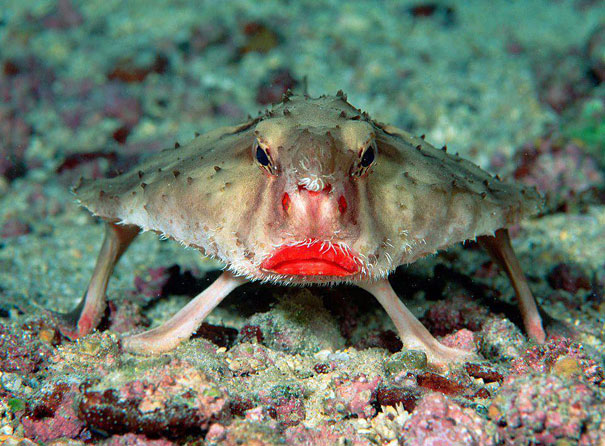
Located on the Galapagos Islands, this fish has poor swimming ability and relies on its pectoral fins for locomotion on the ocean floor.
#2 Goblin Shark
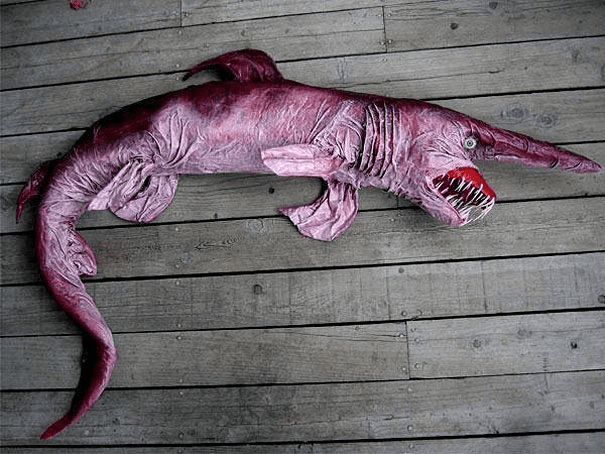
This unique shark, also known as a “living fossil,” is the only remaining member of the Mitsukurinidae family, which has been around for approximately 125 million years. Goblin sharks can be found in various locations around the globe at depths deeper than 100 m (330 ft), with adult individuals typically residing at even deeper depths than juveniles. As they live at such deep depths, goblin sharks do not pose any threat to humans.
#3 Penis Snake
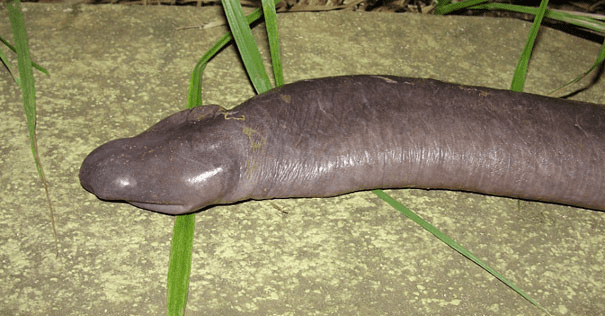
This unique animal with no eyes is known as Atretochoana eiselti. It is a large, possibly aquatic, caecilian amphibian with a wide, flat head and a fleshy dorsal fin on its body.
#4 The Saiga Antelope
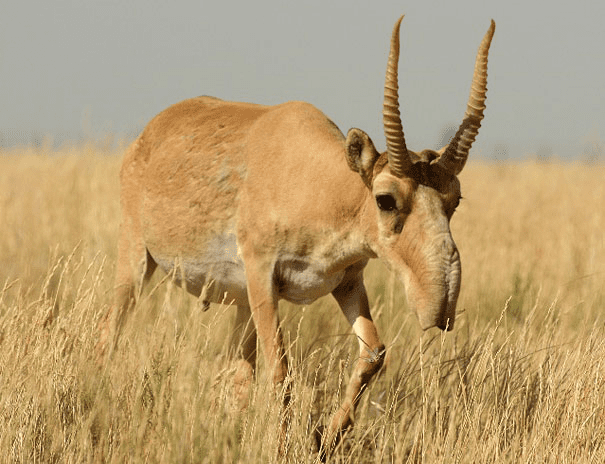
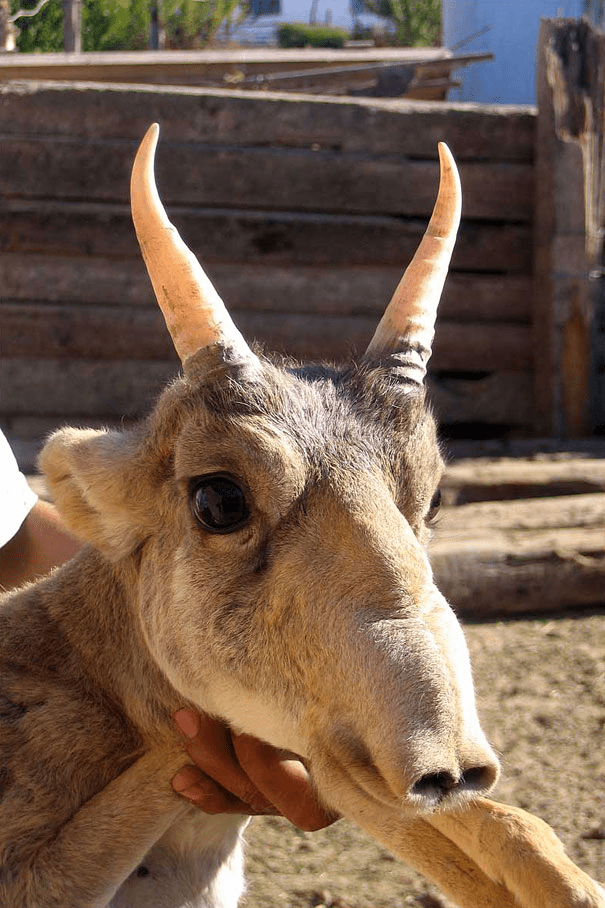
This Saiga antelope, native to the Eurasian steppe, is renowned for its unique, oversized, flexible proboscis, a characteristic feature of its nose structure.
#5 The Panda Ant
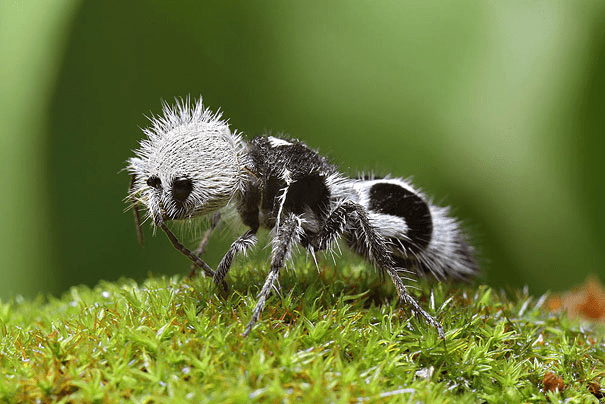
The Mutillidae are a family of over 3,000 species of wasps whose wingless females resemble large, hairy ants. Found in Chile, they are renowned for their extremely painful stings, earning them the common names cow killer or cow ant. Black and white specimens are sometimes referred to as panda ants due to their hair coloring resembling that of the Chinese giant panda.
#6 The Bush Viper
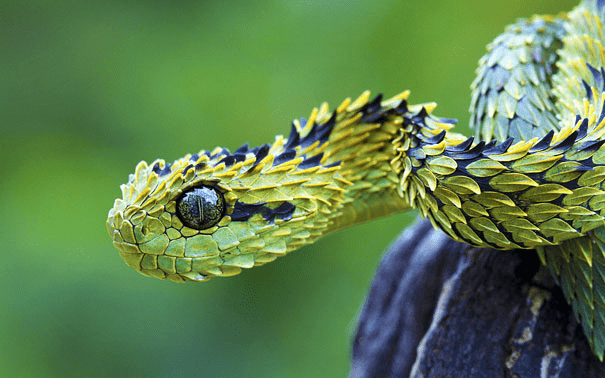
As a predatory carnivore, the Bush Viper can be found inhabiting the tree canopy of African tropical forests and primarily hunts during the night.
#7 Umbonia Spinosa
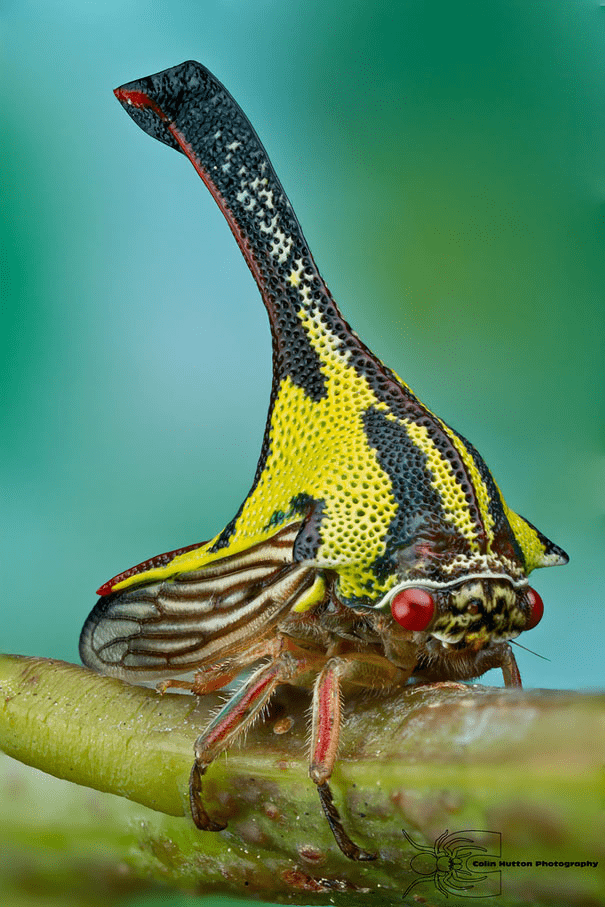
Thorn bugs, related to cicadas, use their beaks to feed on plant sap by piercing stems. Despite their unusual appearance, these insects remain a mystery to scientists.
#8 The Blue Parrotfish
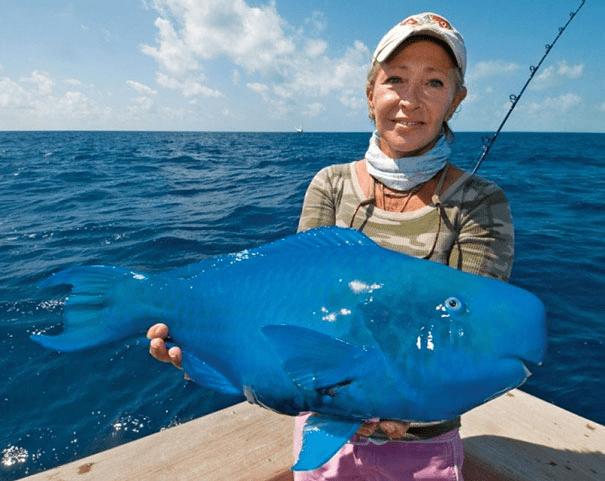
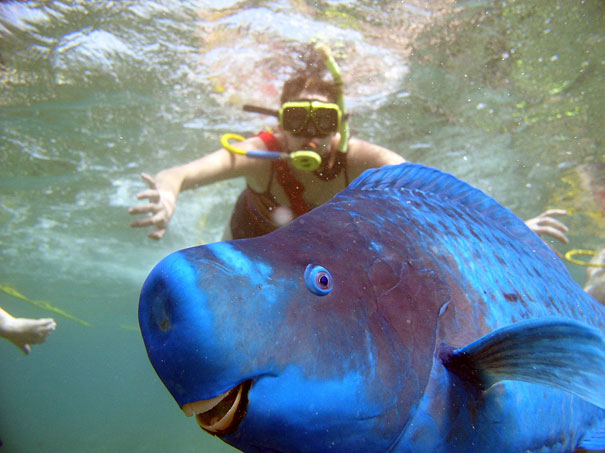
This vibrant blue aquatic creature can be spotted in the Atlantic Ocean and spends a majority of its time foraging for sustenance.
#9 Lowland Streaked Tenrec
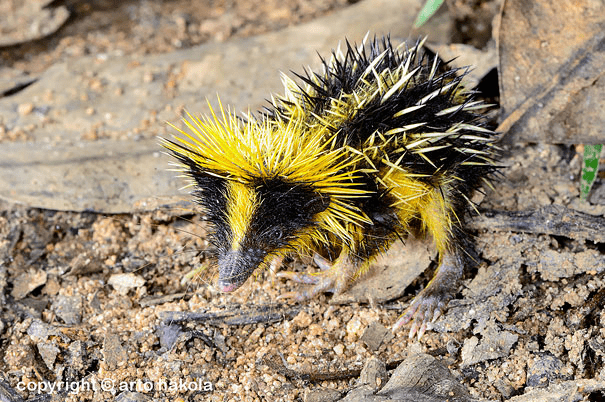
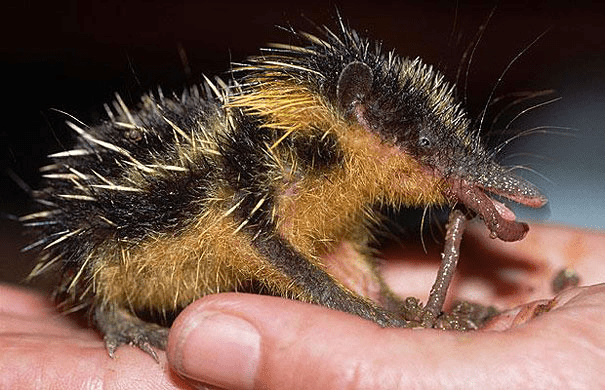
This small tenrec, found in Madagascar, Africa, is the only mammal known to use stridulation to produce sound, a behavior typically associated with snakes and insects.
#10 Indian Purple Frog
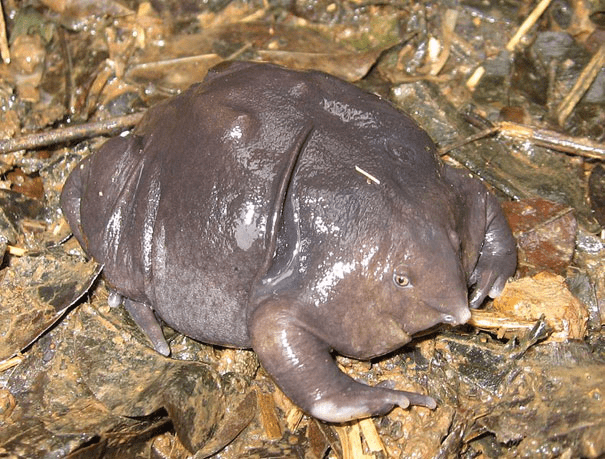
Located in India, this particular type of frog has a swollen body and a uniquely sharp snout. It only emerges from underground for a period of two weeks annually for mating purposes.
#11 Hummingbird Hawk-Moth
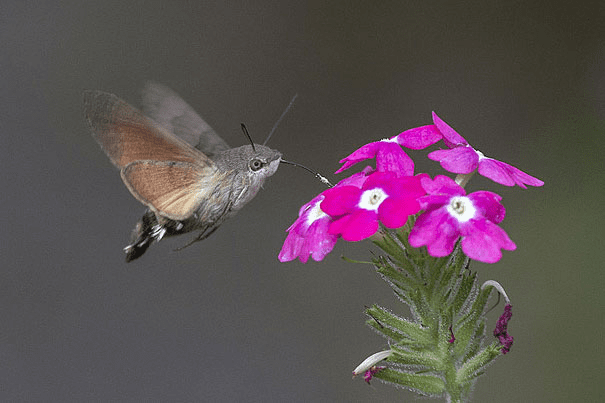
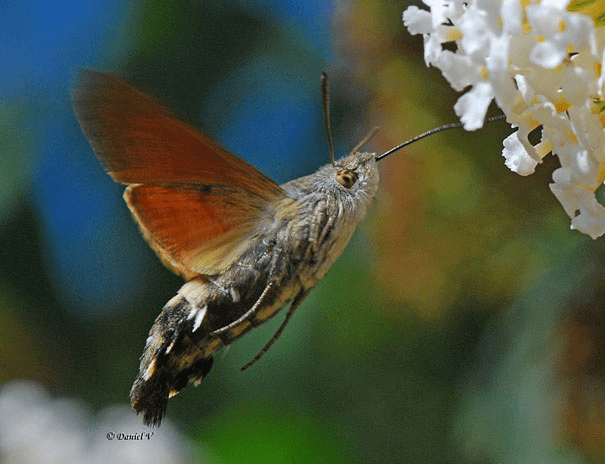
The hawk-moth, known for its ability to feed on flowers and produce a humming sound similar to that of a hummingbird, exhibits remarkable aptitude for learning colors.
#12 Shoebill
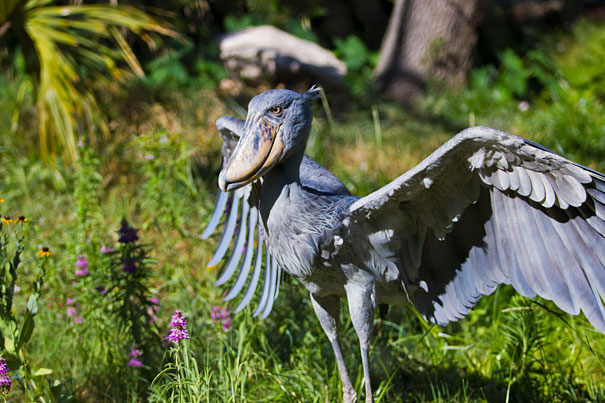
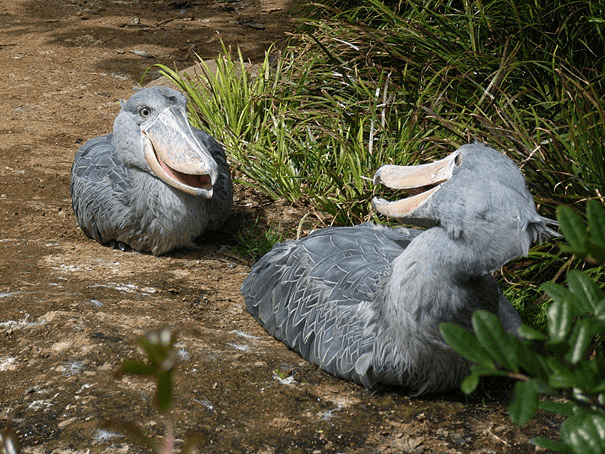
This massive bird resembling a stork gets its name due to the appearance of its beak. Despite being recognized by ancient Egyptians and Arabs, the species was officially classified in the 19th century.
#13 Glaucus Atlanticus
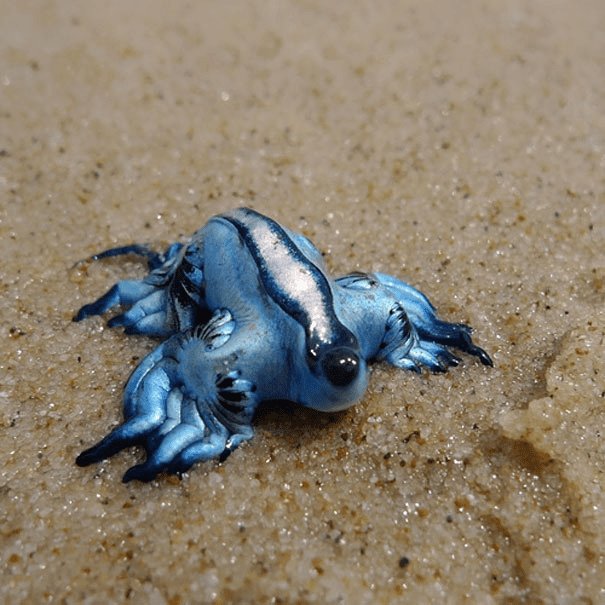
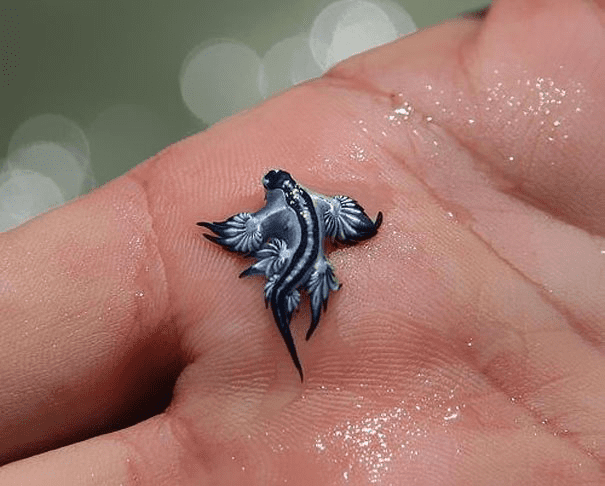
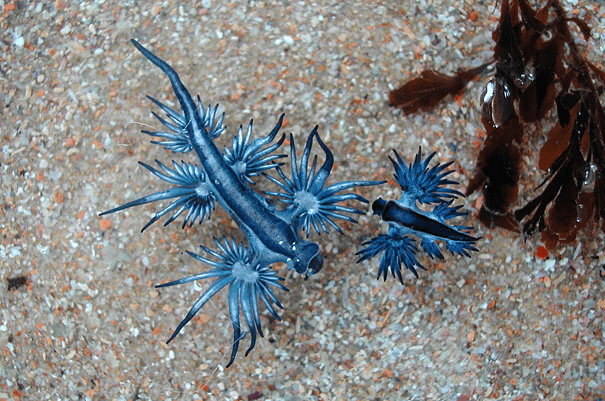
This sea slug, also referred to as the blue dragon, is a species that can be found in the warm waters of the oceans. It has the ability to float on the surface due to a gas-filled sac in its stomach.
#14 Okapi
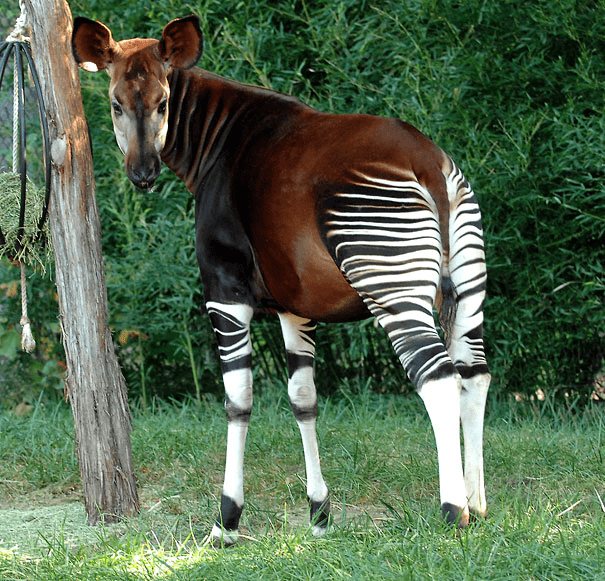
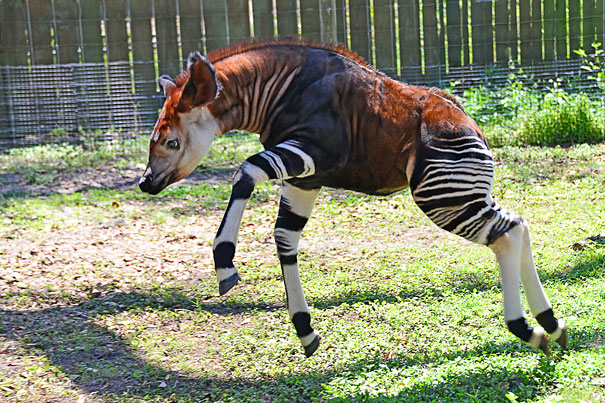
This native Central African mammal, which bears zebra-like stripes, is more closely related to giraffes than one might initially think. It can be found in the Democratic Republic of the Congo.
#15 Mantis Shrimp
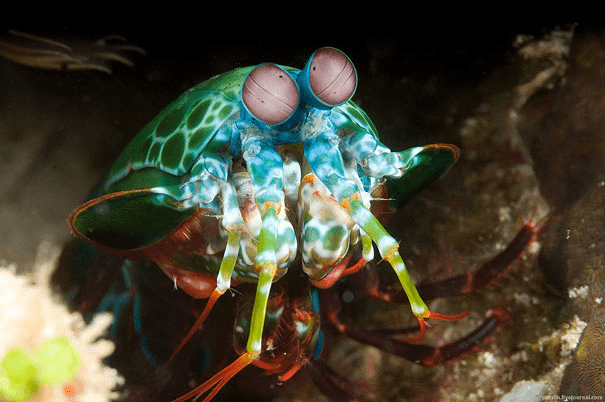
This common predator, known as the “sea locust,” “prawn killer,” and even “thumb splitter,” can be found in tropical and sub-tropical waters. Despite their prevalence, little is known about these creatures due to their tendency to hide in burrows for extended periods of time.
#16 Narwhal
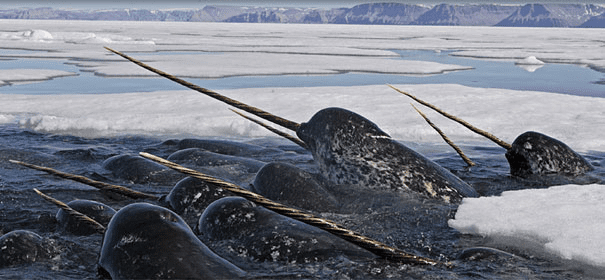
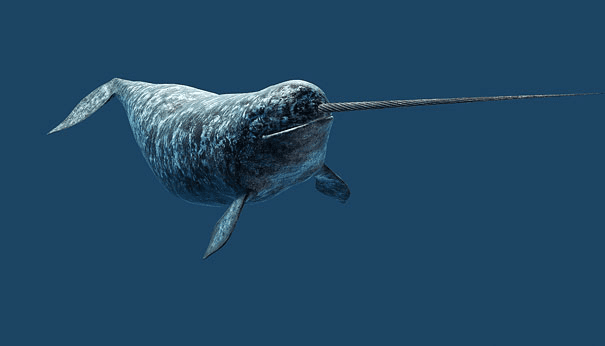
This narwhal, a toothed whale found in the Arctic, has been highly valued for its meat and ivory by the Inuit people for over 1000 years. However, the narwhal is particularly sensitive to climate change.
#17 Venezuelan Poodle Moth
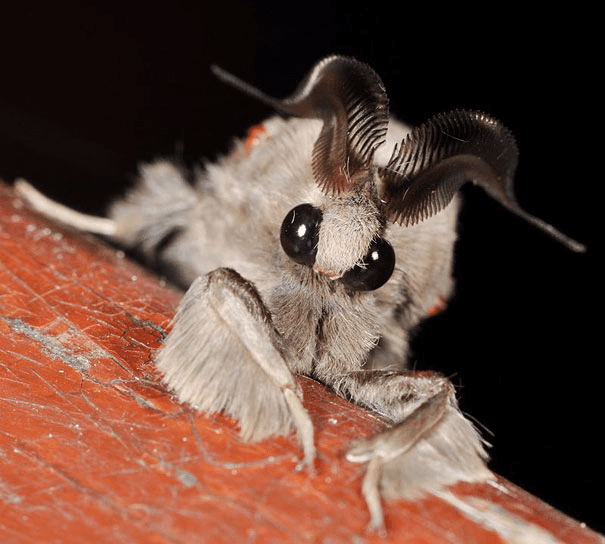
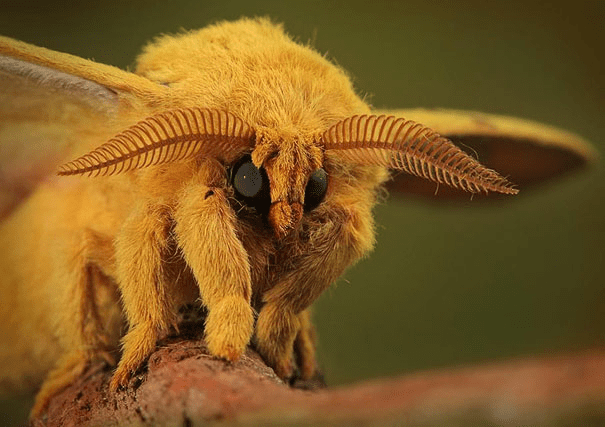
The Venezuelan discovery of this unusual moth in 2009 has led to limited exploration of its characteristics. Further information about this extraterrestrial-appearing species is eagerly anticipated.
#18 Thorny Dragon
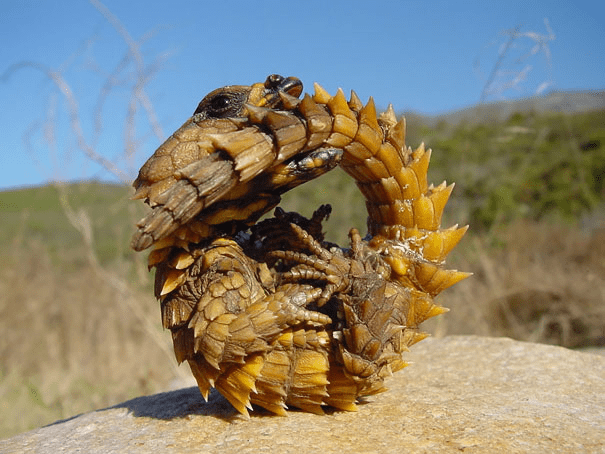
This lizard, with a “false” head that it presents to predators by dipping its real head, is colored in camouflaging shades of desert browns.
#19 The Pacu Fish
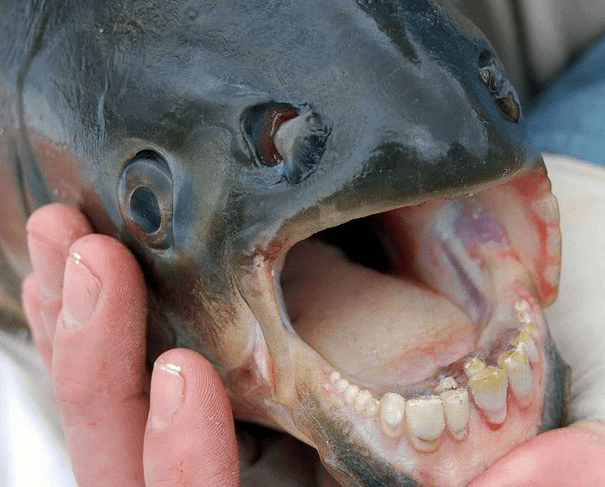
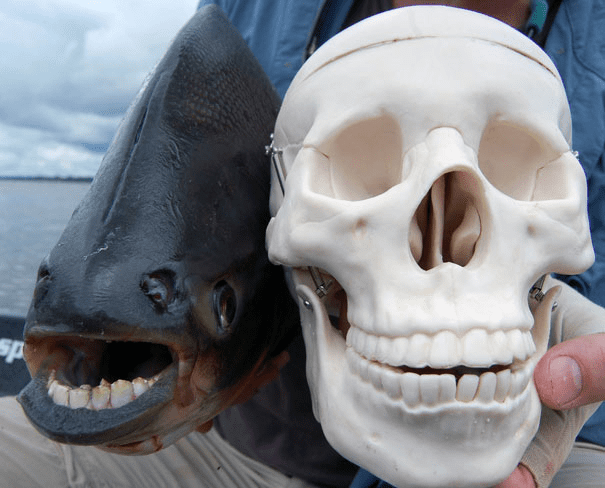
The reason why the inhabitants of Papua New Guinea refer to this fish as a “ball cutter” is likely understood without much explanation. The local fishermen were concerned about the protection of their testicles when they had to enter the water!
#20 Sea Pig
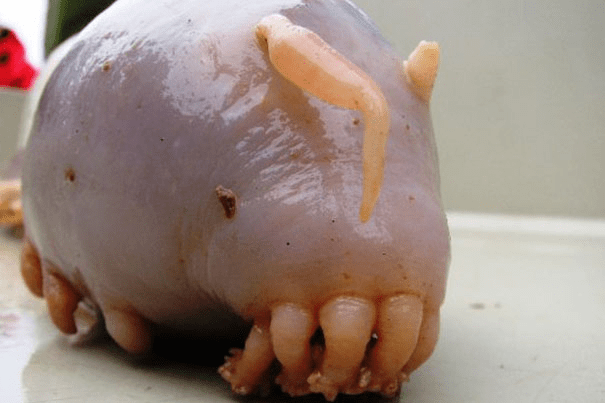
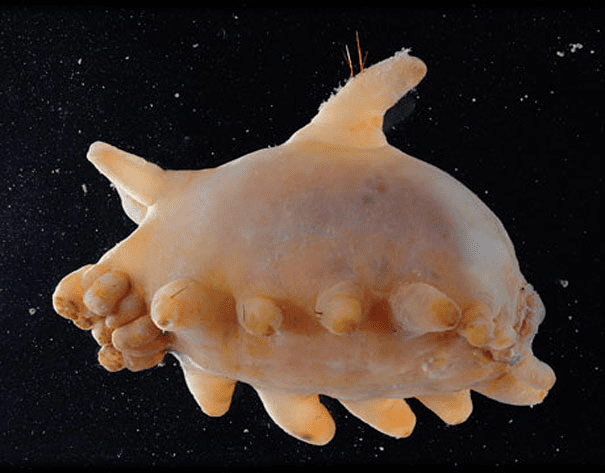
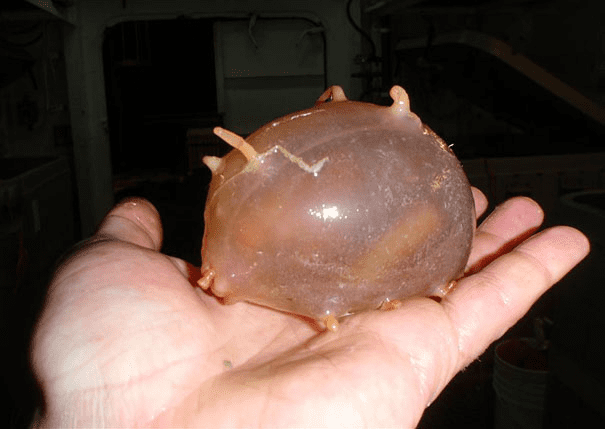
Scotoplanes, a type of marine animal, can be found residing on the abyssal plain of the Atlantic, Pacific, and Indian Ocean. These creatures tend to inhabit the deep ocean floor at depths exceeding 1000 meters. As deposit feeders, they obtain sustenance by extracting organic matter from the muddy sea floor.
#21 Giant Isopod
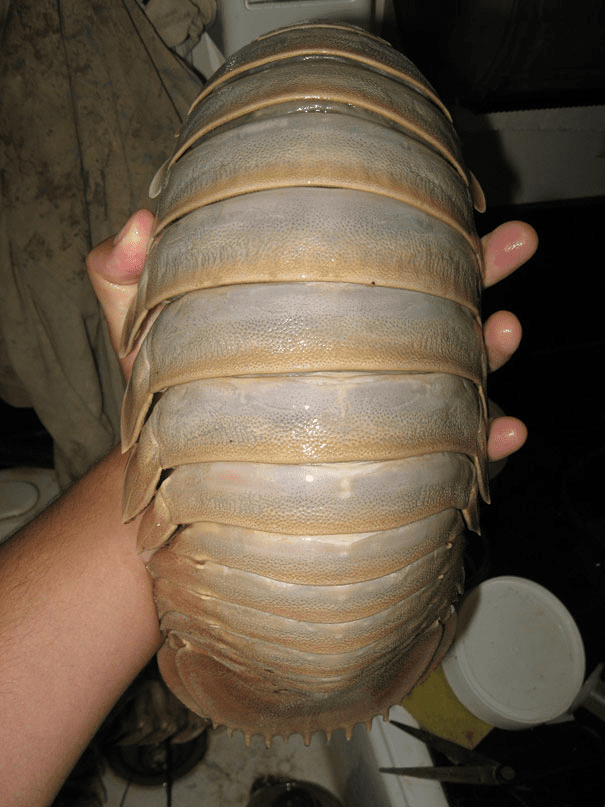
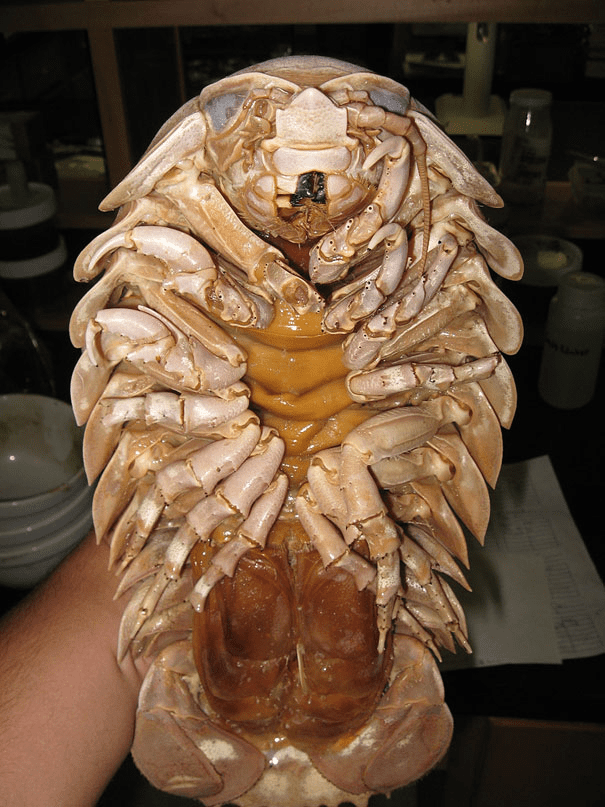
The giant isopod, known for its impressive size, exhibits deep sea gigantism – a phenomenon where deep sea crustaceans and other animals experience significant growth compared to their counterparts in shallower waters. This particular giant isopod is the largest among all known isopods.


